Shielded cable vs unshielded cable
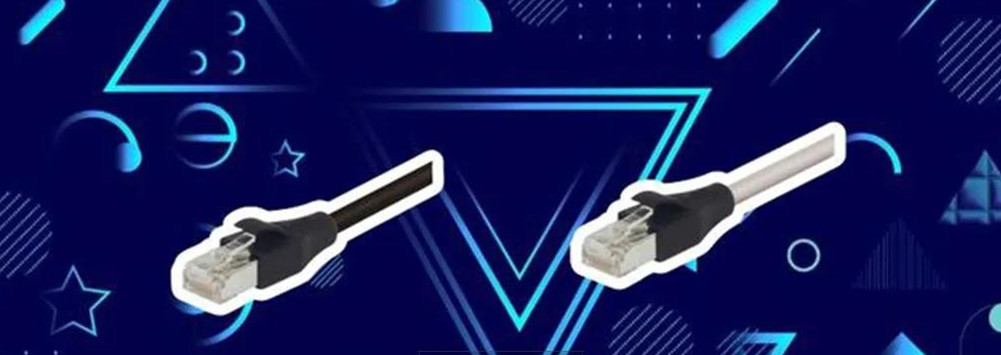
Shielded cable? Or unshielded cable—— This is a problem. The choice of shielded or unshielded cables mainly depends on the specific application requirements. Today, Xiaobian sorted out the factors that should be considered when using shielded cables on AAC Cable treasure.
01
PART
Shielded cable
Shielded cable is a transmission line that uses metal mesh braid to wrap the signal line. The braid is generally red copper or tinned copper; Shielded cables are mainly used to prevent interference signals from entering the inner conductor and are suitable for transformers and similar equipment.
The shielded cable complies with the national standard: gb12972.6-91. The long-term allowable working temperature of the conductor is 90 ℃. It is suitable for the connecting wires of control and monitoring circuits and protection lines with rated voltage of 450 / 750V and below. It is mainly used in places where electromagnetic wave interference is prevented and shielding is required.
In order to minimize the impact of electromagnetic and radio frequency interference, each component in the shielding system must be seamless and correctly installed and maintained. In addition, shielded cables and systems also need good grounding. Incorrect grounding can cause radiation and interference problems in the system.
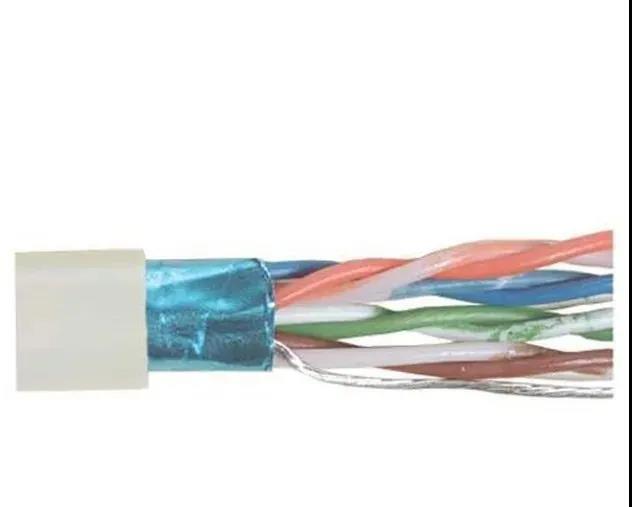
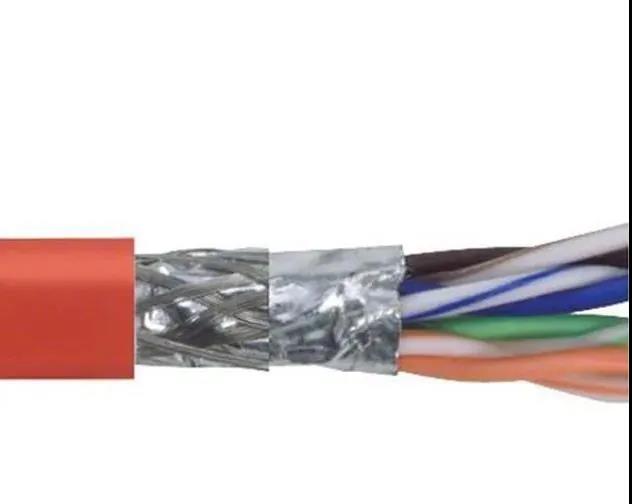
Single layer shielding
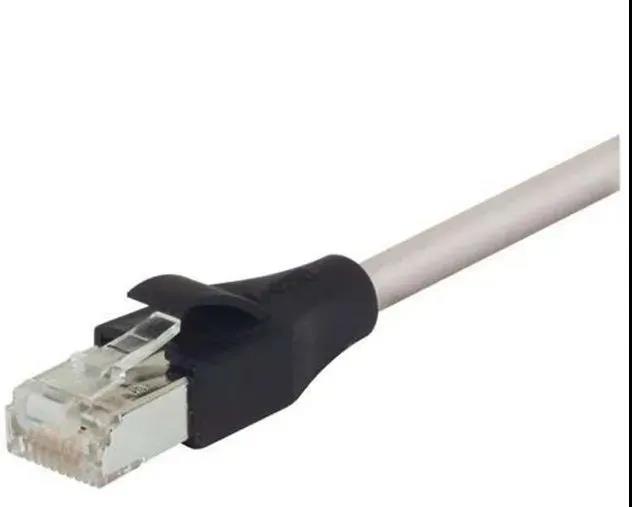
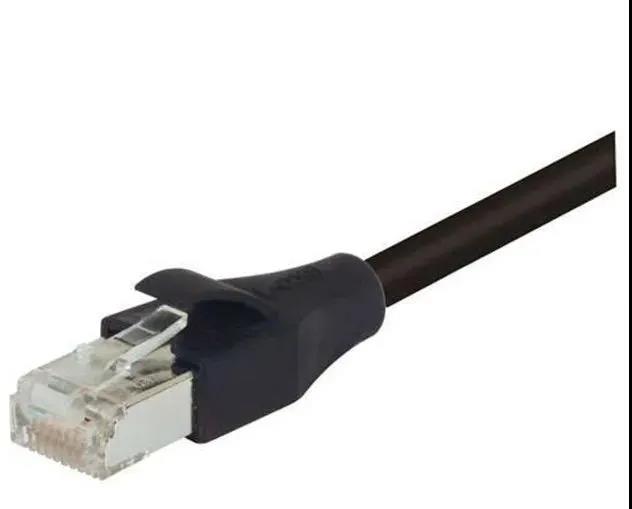
double-layer screen
Shielded stray wire
Single layer shielding
double-layer screen
Shielded cable assembly
02
PART
Unshielded cable
When wiring near EMI / RFI interference sources is not involved, unshielded ACSR Cables shall be selected in most cases. Unshielded cable has the advantages of light weight, high flexibility, wide use, reliability and low price. It is widely used in IT applications and office networks.
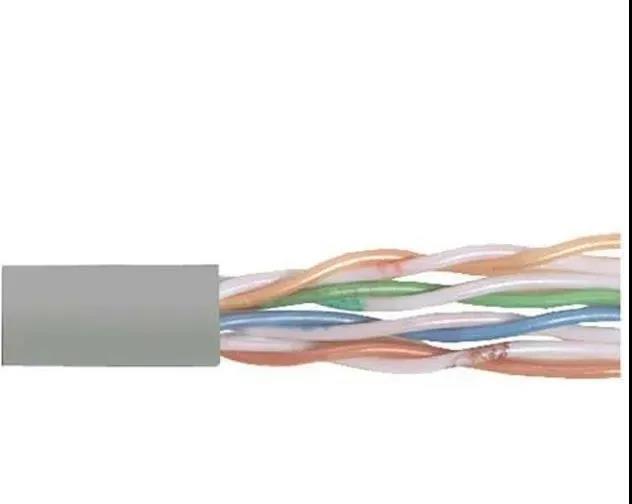
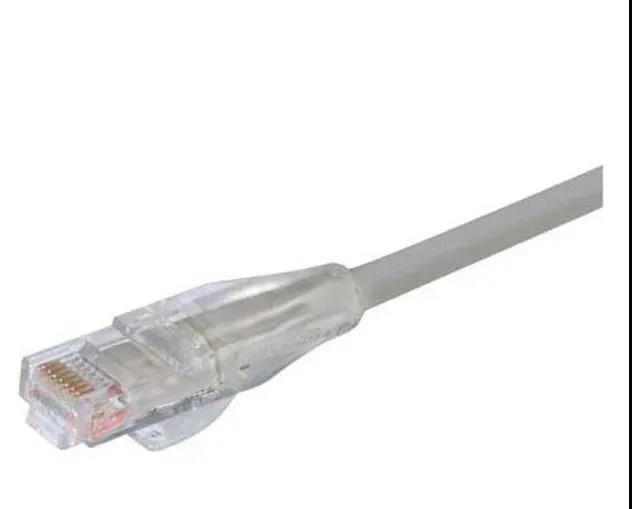
Unshielded dispersion
picture
Unshielded cable assembly
However, it should be noted that when enterprise networks or SMB networks want to achieve high data rates such as 10Gbps or 40Gbps on copper wires, the use of shielded cables can significantly reduce or even eliminate external crosstalk (AXT) harmful to network performance. This problem is mainly aimed at high-speed networks using category 6 cables, and does not involve low-speed 10 / 100 / 1000 networks using category 5 and category 6 cables.
It can be seen that the type of cable selected depends on the physical location of the network and the technology adopted (such as 10Base-T). The best practice is to thoroughly evaluate the installation location and network technical requirements, and then select the appropriate cable according to the specific specification requirements.
